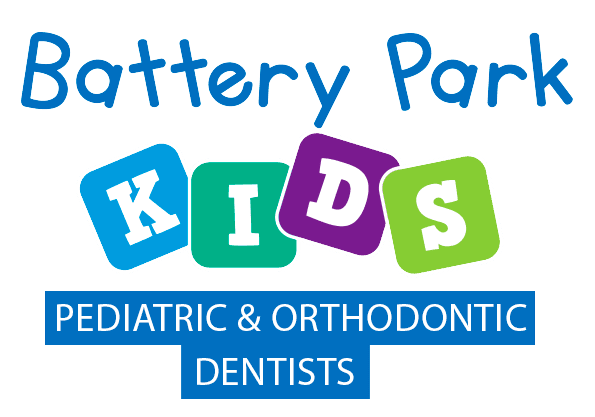It is no secret that children are accident prone. Just as medical emergencies can occur at any time, dental emergencies can also occur. It is important to respond to dental emergencies with the same urgency as medical emergencies and seek dental treatment immediately. Delaying dental treatment can cause the problem to progress, make treatment possibly more difficult and invasive, and put your child at risk for further complications. At Battery Park Pediatric Dentists, we provide prompt, professional emergency dental care to get your child smiling sooner.


Did You Know?
According to the American Dental Association, one of the most common dental emergencies in children is due to untreated cavities
Frequently Asked Questions
What is a dental emergency?
- Toothaches, especially those that come on suddenly and are intense
- Chipped or broken teeth
- Knocked out teeth
- Partially dislodged tooth
- Lost filling
- Lost crown
- Broken braces
- Abscess
- Soft-tissue injuries
What can I do for my child while waiting for an emergency appointment?
While we will do our best to accommodate emergencies as soon as possible, while you wait follow these tips: (Note: It is recommended to not delay treatment and make an appointment as soon as possible if your child has any of the following conditions. This guide is not to act as a replacement for professional dental treatment).
Type of Dental Emergency |
Pre-Appointment Tips |
Toothache |
Rinse your child’s mouth with warm water and have them floss to remove any food particles that may be causing pain. If the pain persists, you can use a cold compress wrapped in a towel against their cheek. |
Chipped/broken teeth |
If you can find any of the broken pieces, collect and gently rinse them. Then, have your child rinse with warm water to remove any debris in the mouth. Gauze should be applied with gentle pressure for at least 10 minutes if there is any bleeding. You should use a cold compress wrapped in a towel against their cheek to relieve pain and any possible swelling that could occur. |
Knocked-out tooth |
Find the tooth, pick it up avoiding contact with the root, and gently rinse it without removing any attached tissue. Then place the tooth in a glass of milk and get to our office immediately. For the best chance of saving the tooth, it will need to be replaced in the socket no later than an hour after the incident. |
Partially dislodged tooth |
Get to our office immediately and do not try to remove the tooth. In the meantime, you can use a cold compress to relieve any pain. You may also be able to use an over the counter pain reliever, however do not do so until you have verified with our office. |
Lost filling |
Place a piece of sugar-free gum or over the counter dental cement into the cavity. Do not use gum containing sugar because that will increase your child’s pain level. |
Lost crown |
To relieve pain, you can spread clove oil on the affected area. If you can, coat the inside of the crown with over the counter dental cement, toothpaste, or denture adhesive, and slip it back on the tooth. If not, be sure to bring the crown with you to your child’s appointment. |
Broken braces |
Do not try to cut the wire because you could accidently swallow or inhale it. Instead, start by using a clean pencil eraser to realign the wire into a more comfortable position. If that proves unsuccessful, then you can use dental wax, a small cotton ball, or a piece of gauze to act as a barrier between the wire and your mouth. |
Abscess |
Rinse your mouth with a mix of 8 oz warm water and ½ teaspoon of table salt several times a day to relieve the pain and draw out the infection. |
Soft-tissue injuries |
If an injury to your lips, cheeks, gums, or tongue results in bleeding, start by rinsing your mouth with warm water, then apply pressure to the injury with gauze or a tea bag for about 15-20 minutes. You can also use a cold compress to the affected area for 5-10 minutes to relieve pain. If the bleeding persists, come to our office right away or go to an emergency room if we are unavailable. |


